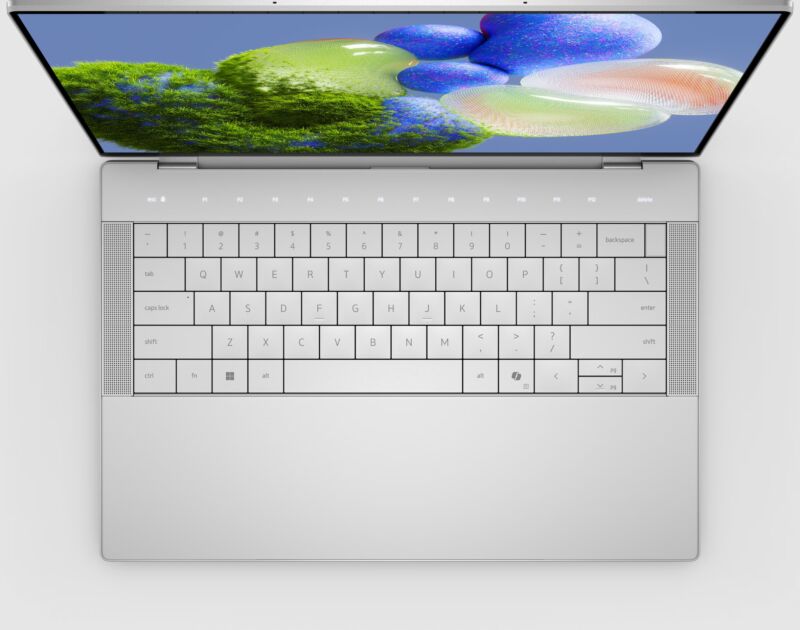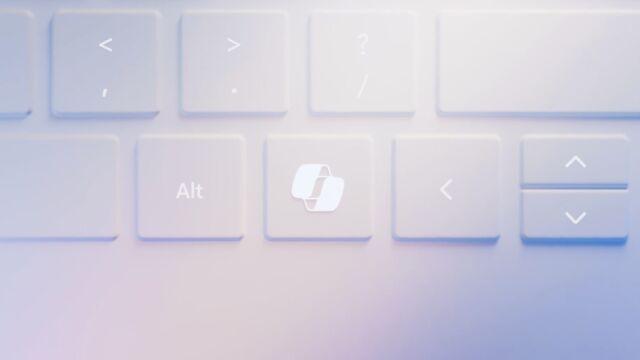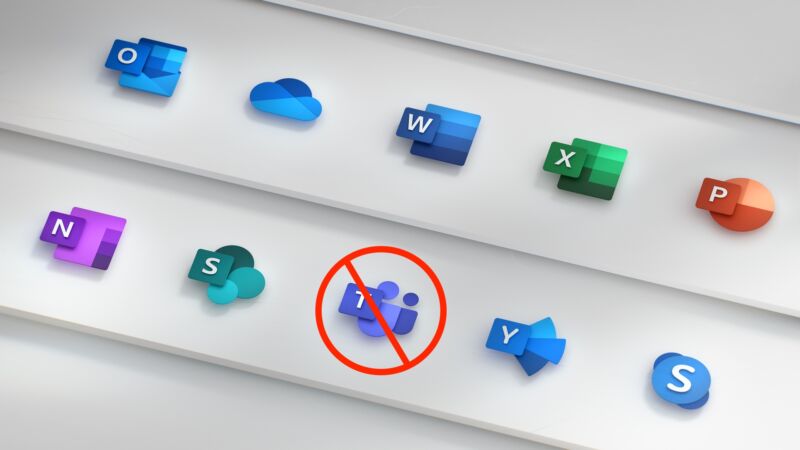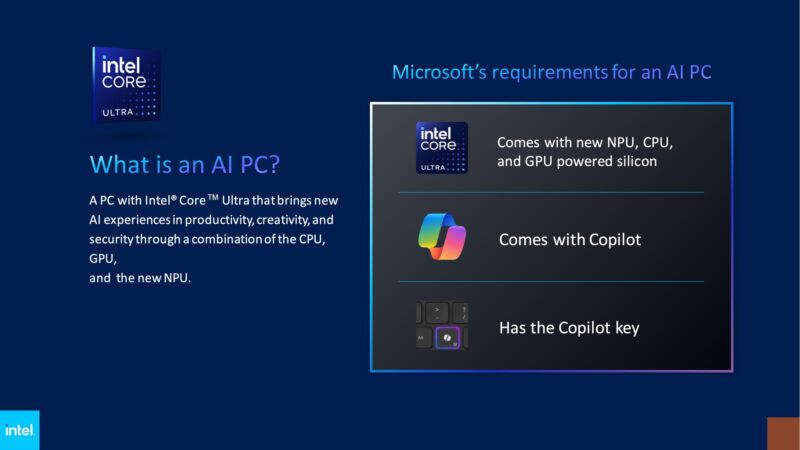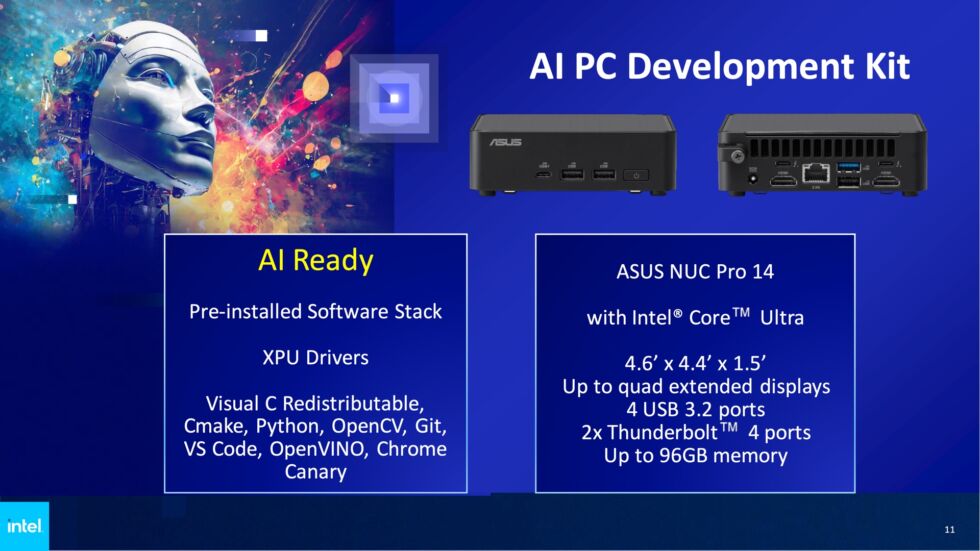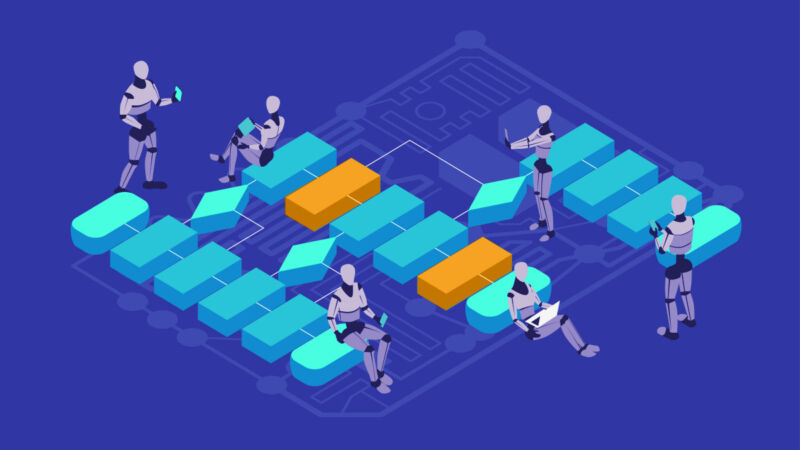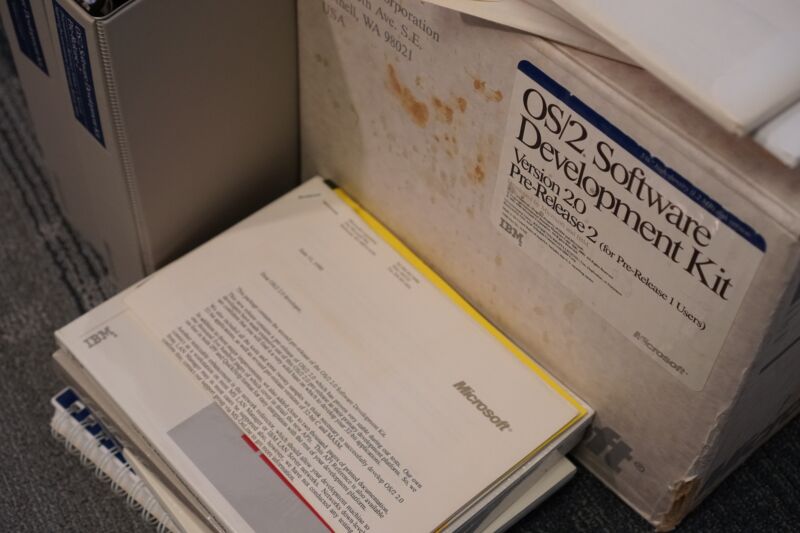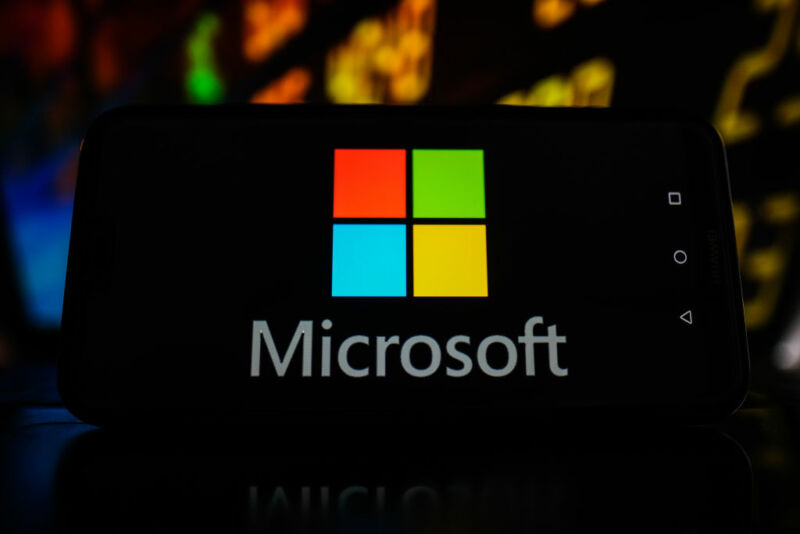AI e cloud, Microsoft investirà 2,9 miliardi di dollari in Giappone

Microsoft aiuterà il Governo di Tokyo nella trasformazione digitale del Paese
Microsoft ha annunciato un piano di investimenti di circa 2,9 miliardi di dollari in Giappone nei prossimi due anni. Diversi i settori strategici su cui il gigante tecnologico americano spenderà le risorse finanziarie, dall’intelligenza artificiale (AI) all’infrastruttura cloud, dalla formazione specializzata alla sicurezza informatica, con un occhio alla ricerca e l’innovazione.
Il piano è stato comunicato durante la visita del Primo ministro giapponese, Fumio Kishida, che ha incontrato i rappresentanti della Camera di Commercio degli Stati Uniti, tra cui la Presidente Suzanne P. Clark, e certamente il management di Microsoft, tra cui il Presidente Brad Smith e il Chief Technology Officer e Vicepresidente esecutivo di AI, Kevin Scott.
In particolare, tra gli obiettivi più rilevanti di Redmond in Giappone c’è l’ampliamento dei programmi di formazione, con l’obiettivo, nei prossimi tre anni, di fornire competenze adeguate allo sviluppo dell’intelligenza artificiale a più di 3 milioni di persone e l’apertura del primo laboratorio Microsoft Research Asia nel Paese.
Sicurezza e Difesa, con un occhio al contenimento dell’espansione cinese nel Pacifico
Nel comunicato ufficiale si afferma la volontà di aiutare il Governo di Tokyo nella trasformazione digitale nazionale, attraverso un sostegno concreto allo sviluppo tecnologico, accrescendo le infrastrutture di base, formando nuovi professionisti ICT, migliorando i livelli di cyberdifesa, potenziando la rete cloud e ampliando le applicazioni dell’AI.
L’impegno di Microsoft nel paese asiatico è il più grande, in termini di risorse finanziarie, in 46 anni di presenza e probabilmente giunge in un momento storico molto particolare, che vede gli Stati Uniti e i suoi alleati, tra cui il Giappone, impegnati nel contenimento dell’espansione cinese nel Pacifico e non solo (vedi la Belt and Road Initiative, o Nuova Via della Seta).
Non va dimenticato che è stato proprio il Presidente Joe Biden a chiedere alle Big Tech statunitensi di impegnarsi direttamente sul fronte dello scontro Washington-Pechino, in particolare nella difesa degli interessi nazionali americani su scala planetaria e quindi del know-how chiave e delle tecnologie più strategiche, tra cui l’AI, il cloud e la cybersecurity.
Le relazioni tra Tokyo e Pechino si sviluppano sul doppio binario cooperazione/competizione. Un rapporto complesso, frutto di un momento storico estremamente critico, ma che vede il Giappone svolgere anche un ruolo chiave nel processo di promozione della BRI.
Tra Tokyo e Pechino un rapporto di “coopetion”
Il Governo nipponico da anni lavora a due Vie alternative alla BRI per lo sviluppo dei rapporti commerciali e finanziari con il Sud-Est asiatico: l’East-West Economic Corridor e il Southern Economic Corridor. Entrambi i corridoi fanno parte della Free and Open Indo Pacific strategy.
Progetti di rilievo globale che sono nati in seno al Greater Mekong Subregion (GMS) Economic Cooperation Program, nato nel 1992 con il sostegno dell’Asian Development Bank e che vede una forte collaborazione con la Cina fin dal principio.
Esempi diretti di questa partecipazione cinese al GMS sono il corridoio economico Cina-India-Myanmar, il corridoio economico Cina-penisola dell’Indocina e il corridoio economico diretto Cina-Myanmar.
Esempi pratici di cooperazione e competizione continue, anche perché molti di questi corridoi concorrenti sono spesso finanziati da prestatori statunitensi ed occidentali, come anche cinesi e mediorientali, gestiti attraverso joint venture multinazionali, che impediscono ogni analisi superficiale in chiave geopolitica.
https://www.key4biz.it/ai-e-cloud-microsoft-investira-29-miliardi-di-dollari-in-giappone/486271/

